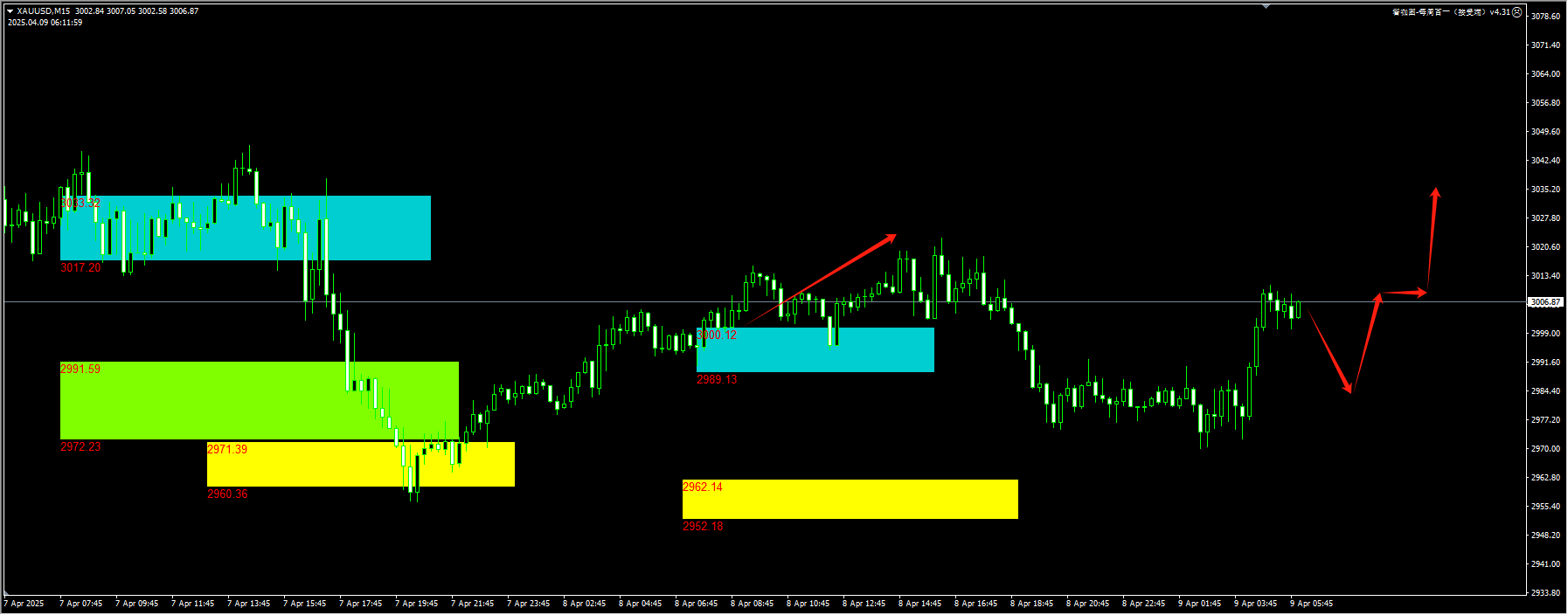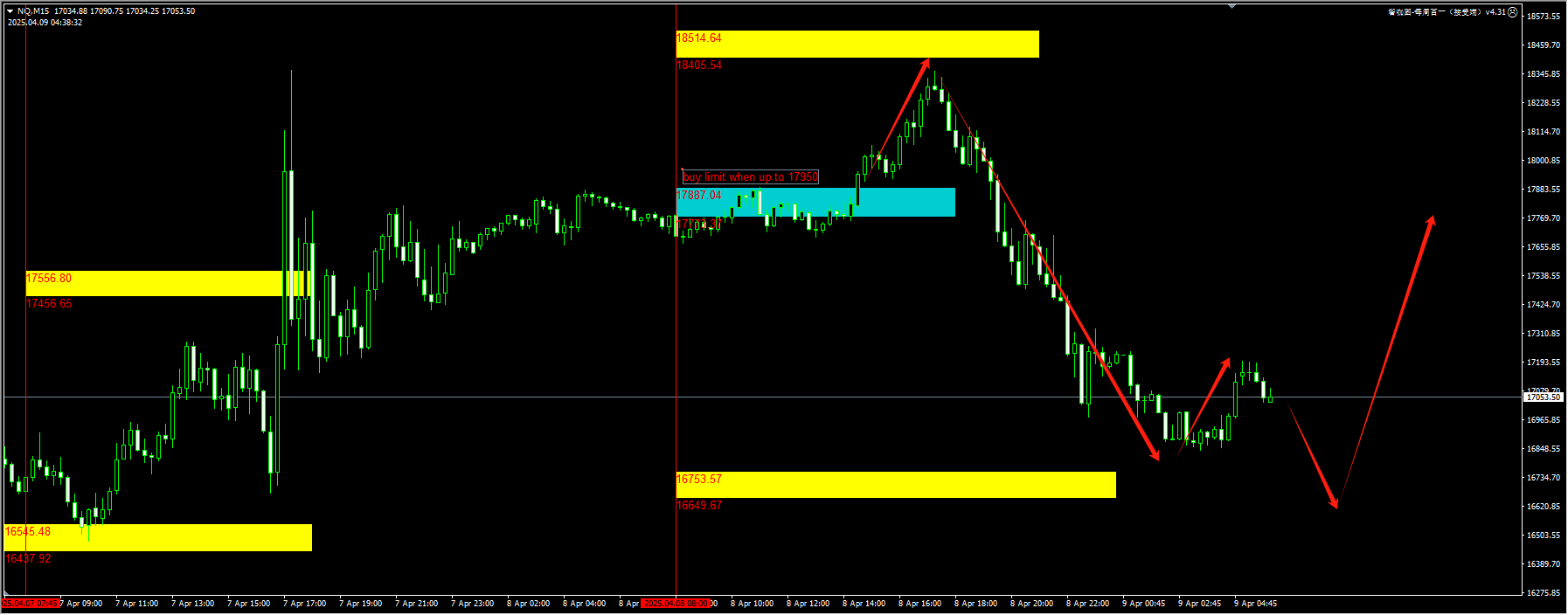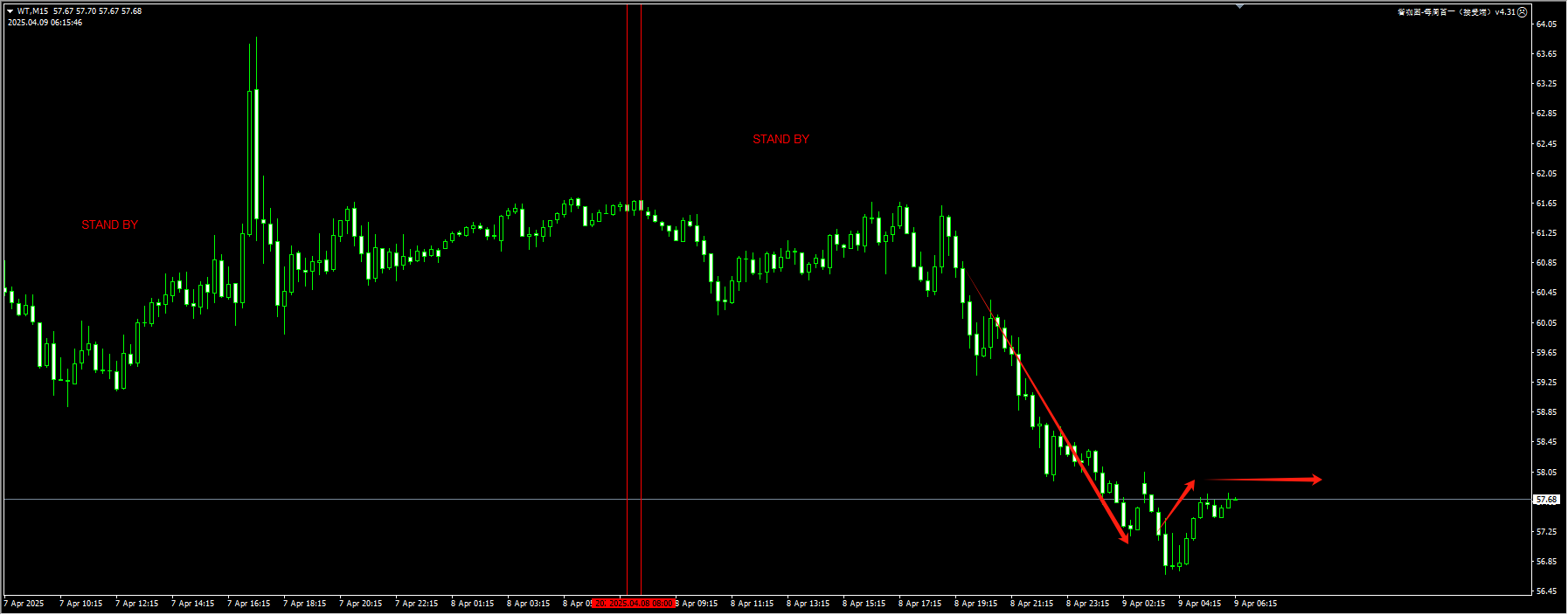During the Asian trading session on Wednesday, the US dollar index fell further as the governor of the Bank of Japan made relatively tough remarks.
Bank of Japan Governor Kikuo Iwata said that he would adopt a wait-and-see attitude when formulating policies, waiting for further clarification on the US tariff issue, and at the same time promised to continue to implement policies appropriately.
Ueda Wednesday said in the parliament: “Our position is to appropriately implement our policies by carefully assessing the remaining uncertainties surrounding tariffs and monitoring the economy, inflation and financial markets when formulating the outlook.”
Ueda was responding to a question from Japanese lawmaker and former JPMorgan Securities executive Kenji Nakanishi, who asked the governor to send a strong signal. Nakanishi cited the example of former European Central Bank President Mario Draghi, who vowed to do “whatever it takes” when the eurozone was mired in a debt crisis.
Ueda’s remarks suggest that the Bank of Japan is still watching the progress of the tariff measures and will then assess their potential impact at home and abroad as well as any necessary countermeasures. Starting from Wednesday, the United States will impose a so-called reciprocal tariff of 24% on Japanese goods, after having already imposed tariffs of 25% on automobiles and steel.
Since March last year, the central bank governor has raised the benchmark interest rate three times. When asked about the path of interest rate hikes so far, Ueda said, “We have been gradually raising interest rates so far because if we continue to maintain low interest rates in the context of improving economic and price trends, the degree of monetary easing may be excessive, and in some cases, the inflation rate may accelerate.”
The Reserve Bank of New Zealand cut interest rates for the fifth consecutive time and said that due to the downward risks to economic growth and inflation posed by US tariffs, it still has room for further rate cuts.
The Reserve Bank of New Zealand’s Monetary Policy Committee cut the official cash rate by 25 basis points to 3.5% in Wellington on Wednesday, in line with the expectations of all 23 economists surveyed by Bloomberg.
The Reserve Bank of New Zealand stated: “The recently announced increase in global trade barriers has weakened the outlook for global economic activity. Overall, these developments pose downside risks to New Zealand’s economic activity and inflation outlook. As the scope and impact of tariff policies become clearer, the Committee has room to further reduce the official cash rate if appropriate.”
Due to US President Donald Trump’s tariff measures intensifying concerns over a global economic slowdown and potentially weakening demand for New Zealand’s exports, investors are betting that the Reserve Bank of New Zealand will need to lower the official cash rate (OCR) below the 3% lower bound it hinted at in February. Finance Minister Nicola Willis warned yesterday that New Zealand’s recovery from the 2024 economic recession will be more difficult due to trade tariffs.
At 2:20 p.m. Wellington time, the New Zealand dollar was set at 55.52 U.S. cents against the dollar and then rose slightly. Previously, the New Zealand dollar had briefly fallen below 55 cents, the first time in five years.
The Reserve Bank of New Zealand said: “The recent depreciation of the New Zealand dollar will help mitigate the direct impact of the decline in global demand for New Zealand’s exports. The fall in oil prices will also support domestic consumption and production.”
Technical analysis:
Gold: Yesterday, after breaking through the 3000 mark, the price reached 3022, achieving a 2:1 risk-reward ratio move with a blue momentum break signal. Subsequently, it dropped back to around 2970 but did not further break into the yellow zone. Today, the price has once again risen above 3000. We should continue to watch for buying opportunities with a momentum break and confirmation of the demand zone near 2980. For detailed positions, please consult the plugin.

(Gold 15-minute chart)
The plugin is updated from 12:00 to 13:00 every trading day. If you want to experience the same plugin as shown in the chart, please contact V: Hana-fgfg.
Nasdaq: The price movement yesterday was almost exactly as we expected. First, the price broke through the blue momentum zone and then pulled back near the upper yellow area; subsequently, it dropped to the lower yellow area before stabilizing and rebounding. For today, we will continue to monitor the buy signal after the liquidity sweep. For detailed positions, please consult the plugin.

(NASDAQ 15-minute chart)
The plugin is updated from 12:00 to 13:00 every trading day. If you want to experience the same plugin as shown in the chart, please contact V: Hana-fgfg.
Crude oil: As Trump’s comprehensive tariffs are rolled out, market concerns over a US economic recession have intensified. If the latter were to occur, it would affect the total demand for crude oil. Therefore, the price has begun to seek support downward. Currently, the trend on the 4-hour chart is still under downward pressure, and bulls should observe appropriately. In the short term, it may continue to maintain a volatile and slightly downward trend. For detailed positions, please consult the plugin.

(Crude Oil 15-Minute Chart)
The plugin is updated from 12:00 to 13:00 every trading day. If you want to experience the same plugin as shown in the picture, please contact V:Hana-fgfg.
Today’s key financial data and events to focus on:
The Bank of England releases the minutes of the Financial Policy Committee meeting at 17:30.
22:00 US Wholesale Sales for February
Richmond Fed President Barkin is scheduled to speak at 23:00.
